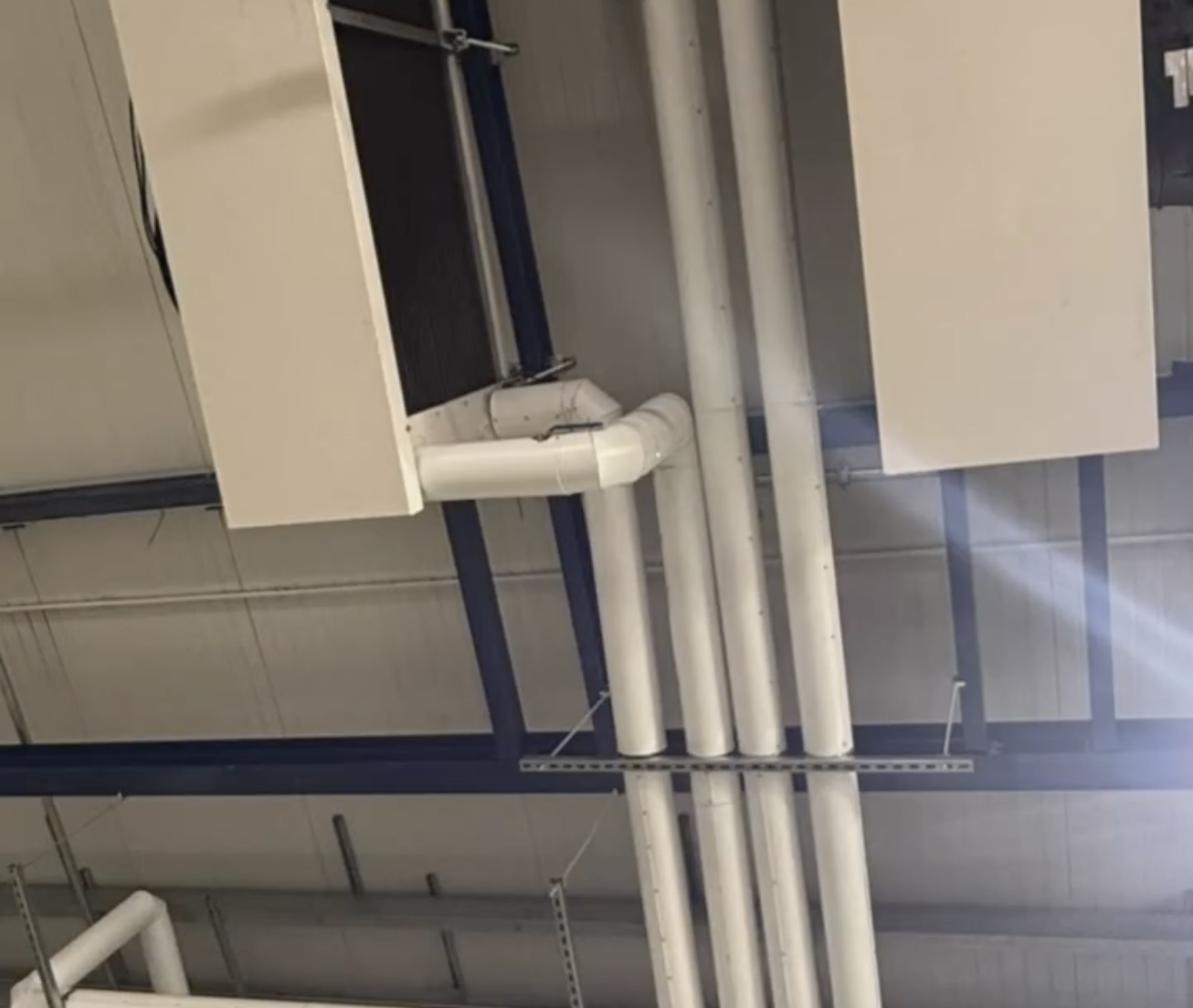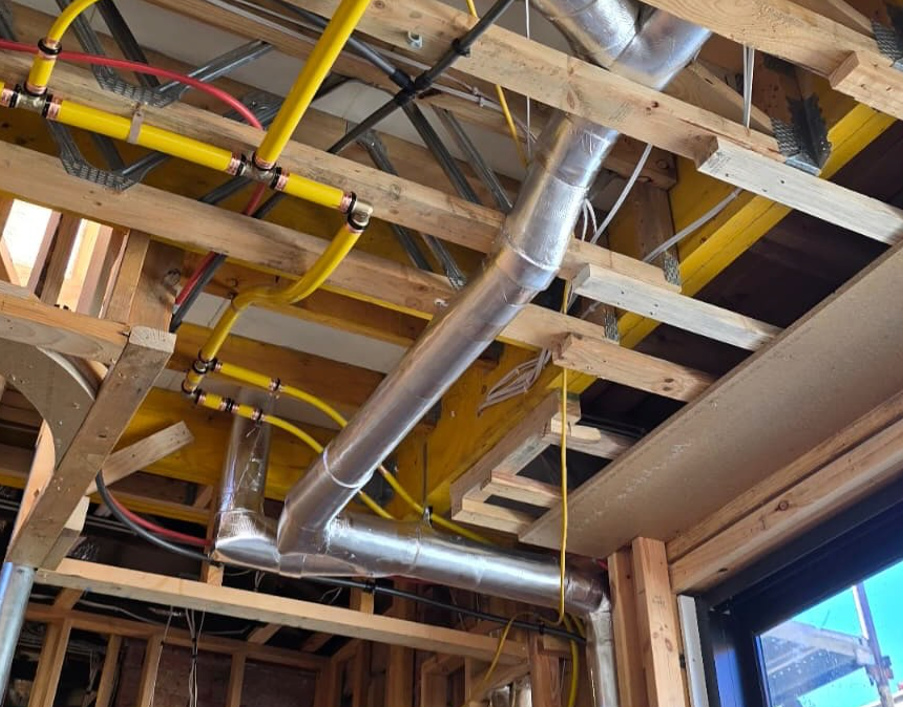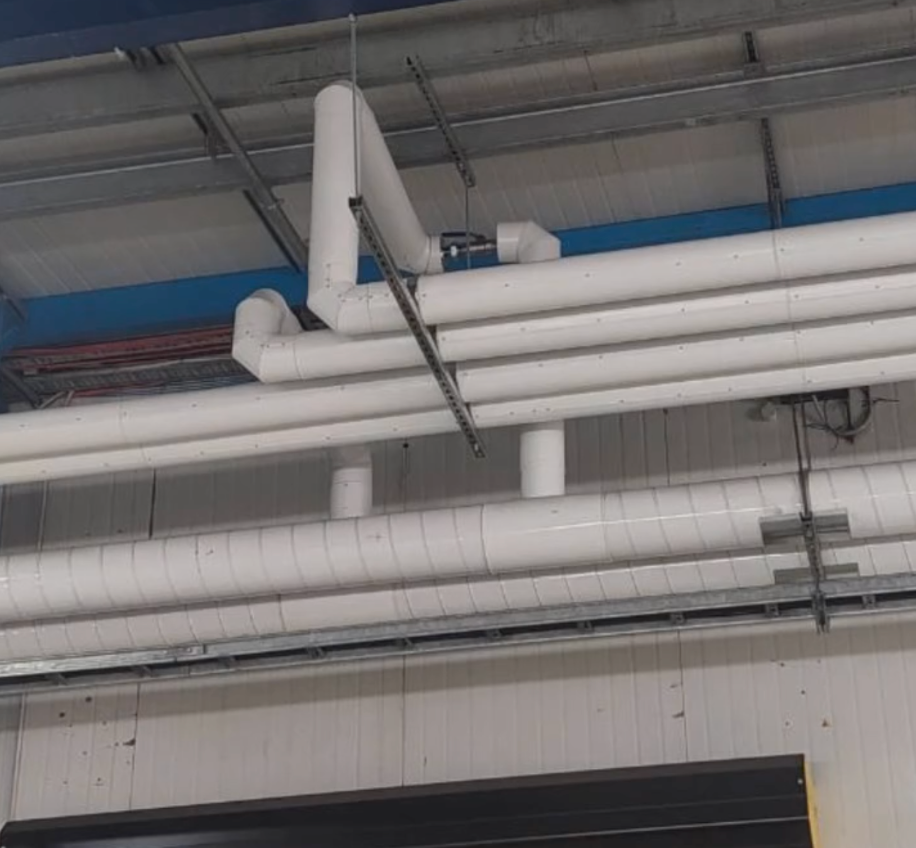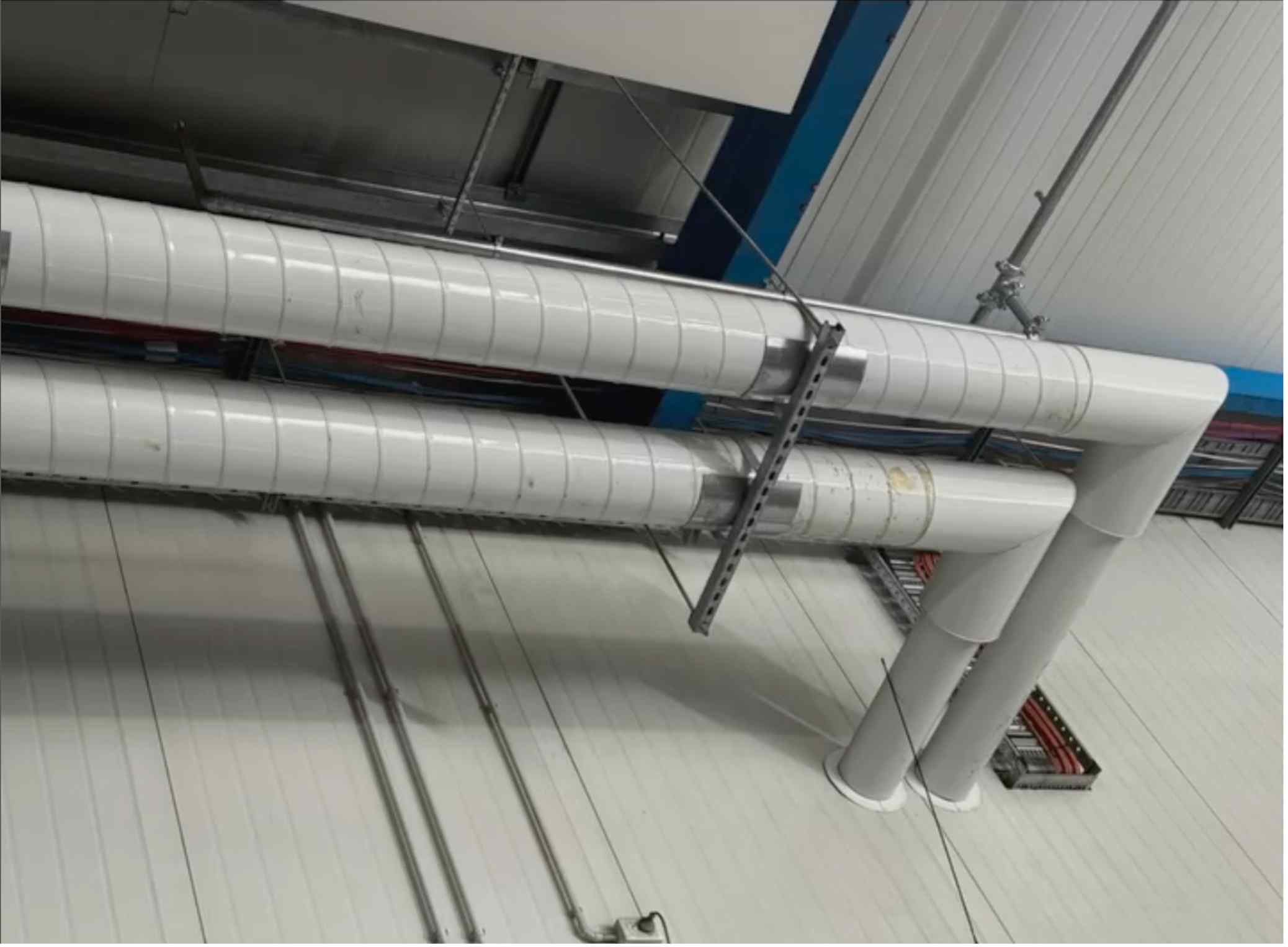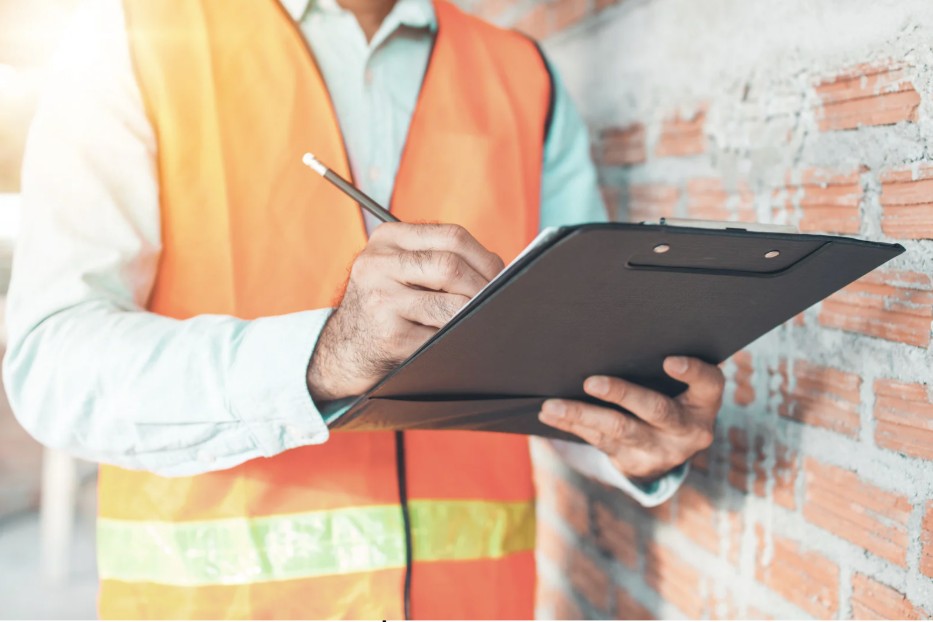How Thermal Insulation Enhances Comfort and Reduces Costs in Your Home
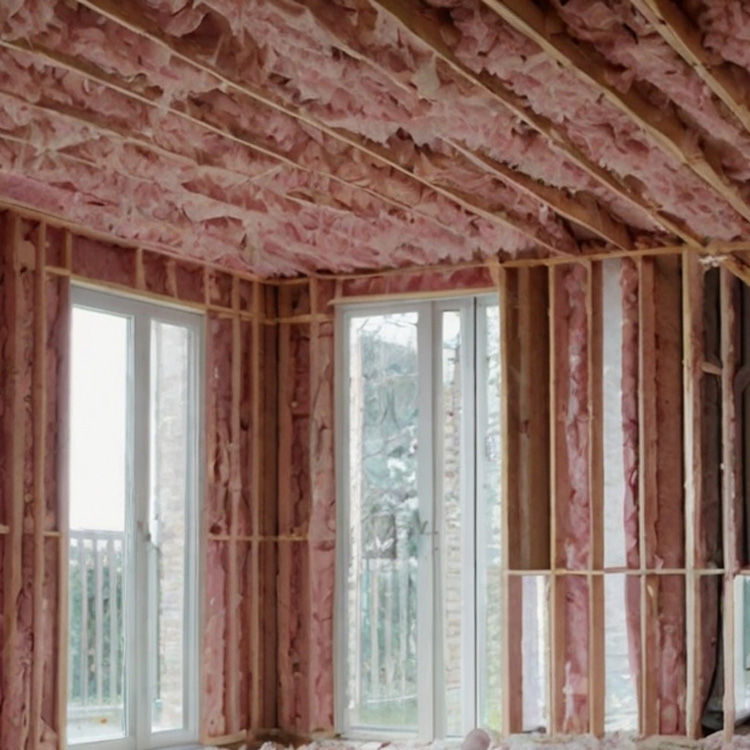
Proper thermal insulation is key to maintaining a comfortable indoor environment while keeping energy costs low. By reducing heat transfer through walls, roofs, and floors, insulation helps regulate indoor temperatures, keeping homes warmer in winter and cooler in summer.
This not only enhances year-round comfort but also decreases reliance on heating and cooling systems, leading to significant energy savings.
Additionally, effective insulation minimises noise, prevents moisture buildup, and increases the overall value of your home. Investing in quality thermal insulation is a smart and sustainable way to improve both comfort and efficiency.
What is Thermal Insulation?
Thermal insulation involves installing materials that minimise heat flow between the interior and exterior of a building. These materials act as a barrier, keeping heat out during summer and retaining warmth in winter. Insulation is commonly applied to walls, ceilings, floors, and even pipes to improve overall energy efficiency.
Popular insulation materials include:
- Fibreglass Batts – A cost-effective and widely used option.
- Foam Panels – Ideal for walls and roofing insulation.
- Spray Foam – Expands to fill gaps and prevent air leakage.
- Reflective Foil – Commonly used in roofs to reduce radiant heat transfer.
How Thermal Insulation Improves Comfort
Maintains a Stable Indoor Temperature
- Insulation prevents excessive heat gain in summer and heat loss in winter, creating a comfortable indoor environment all year round.
- Homes without insulation often experience temperature fluctuations, making them harder to heat or cool effectively.
Reduces Noise Levels
- Certain insulation materials, such as acoustic batts, help absorb sound and minimise external noise.
- This is particularly beneficial for homes in busy areas or multi-storey houses where noise can travel between floors.
Prevents Moisture and Mould Growth
- Insulation helps control condensation, reducing the risk of mould and dampness that can lead to structural damage and health issues.
- Properly insulated homes remain dry and healthier to live in.
How Insulation Lowers Energy Costs
Decreases Heating and Cooling Expenses
- With effective insulation, your home retains heat in winter and stays cooler in summer, reducing the need for heaters and air conditioners.
- Lower energy consumption translates to reduced electricity and gas bills.
Reduces Wear on HVAC Systems
- Since insulation maintains consistent indoor temperatures, heating and cooling systems don’t have to work as hard.
- This leads to fewer repairs, lower maintenance costs, and a longer lifespan for your appliances.
Increases Energy Efficiency Ratings
- Well-insulated homes have higher energy efficiency ratings, making them more attractive to buyers and renters.
- Many governments also offer rebates or incentives for homes that meet insulation and energy efficiency standards.
Where to Install Thermal Insulation in Your Home
- Roof and Ceiling – One of the most effective areas for insulation, as heat rises and escapes through the roof.
- Walls – Insulating external walls prevents heat transfer, while internal insulation helps with soundproofing.
- Floors – Insulating underfloor areas can prevent cold draughts and improve warmth retention.
- Pipes and Ducts – Pipe lagging and duct insulation help maintain water and air temperatures, improving energy efficiency.
Disclaimer
This website is aimed at disseminating information free of charge for the benefit of the public. We do not guarantee, and accept no legal liability whatsoever arising from or connected to, the accuracy, reliability, currency or completeness of any material contained on this website or on any linked site. We recommend that users exercise their own skill and care with respect to their use of this website and that users carefully evaluate the accuracy, completeness and relevance of the material on the website for their purposes. The material on this website is a summary only of the subject matter covered and is not intended to be nor should it be relied on as a substitute for legal or other professional advice. Users should obtain any appropriate professional advice relevant to their particular circumstances. The material on this website may include the views or recommendations of third parties, which do not necessarily reflect the views of ours, or indicate its commitment to a particular course of action.
